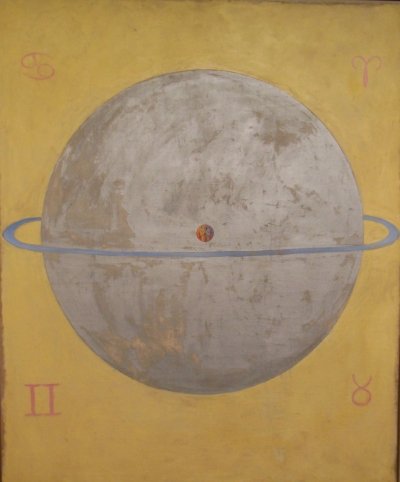The basic elements of astrology have always been the planets and the zodiac, and their relationship to each other. It was a well ordered system, linking Sun, Moon and the five visible planets with the twelve zodiac signs.
The first eight signs of the zodiac showed the stages of individual development, starting in Aries and coming to fulfillment and closure in Scorpio. Moon ruled Cancer, Sun ruled Leo, and Mercury, Venus and Mars each ruled two signs. They were referred to as ‘personal’ planets.
Sagittarius and Capricorn are concerned with the individual’s role in community, with Jupiter and Saturn ruling, respectively. That left Aquarius and Pisces as the two remaining signs for the final stages, transcending the personal and communal role of a person. Mirroring the personal planets, dual rulership again was assigned, with Saturn ruling Aquarius and Jupiter Pisces. This was the classic and harmonious scheme, a well ordered cosmos, and unquestioned for over 2000 years.
Until the discovery of the new planets.
Classic Hellenistic sign and planet rulership, with asymmetrical axis


